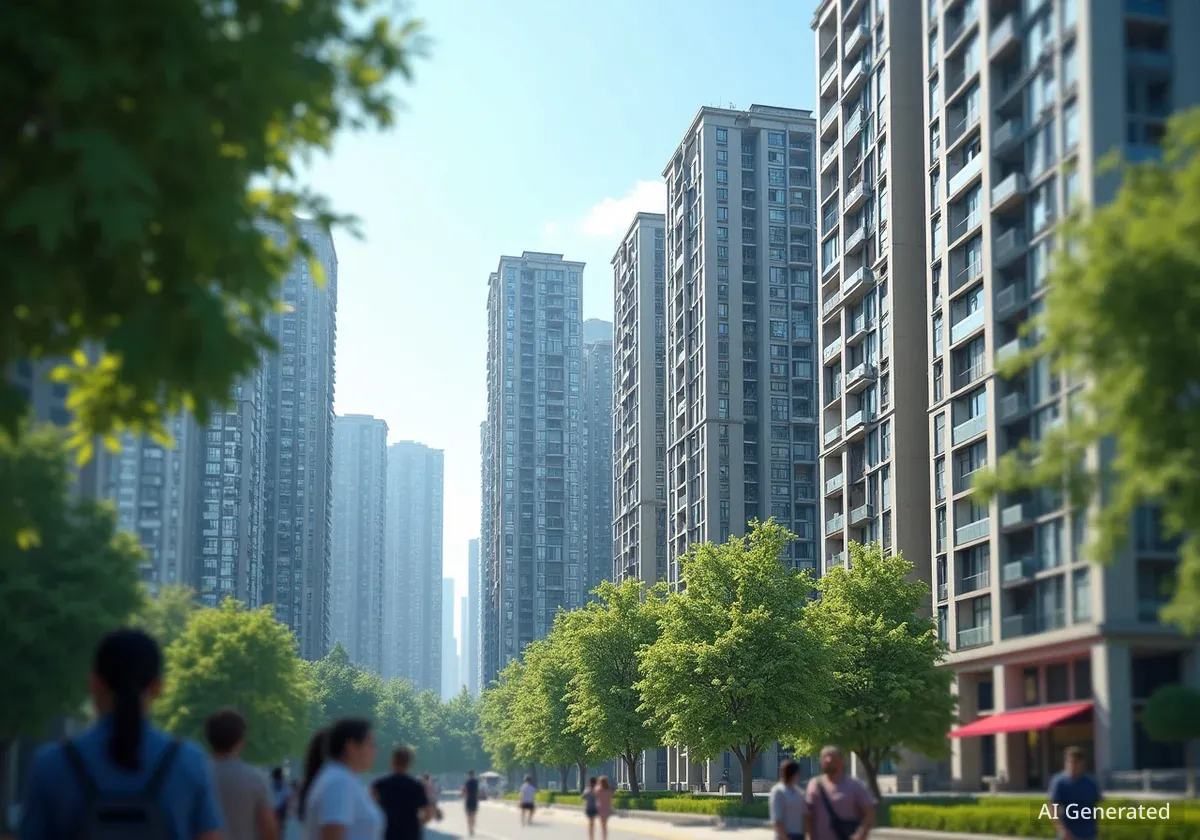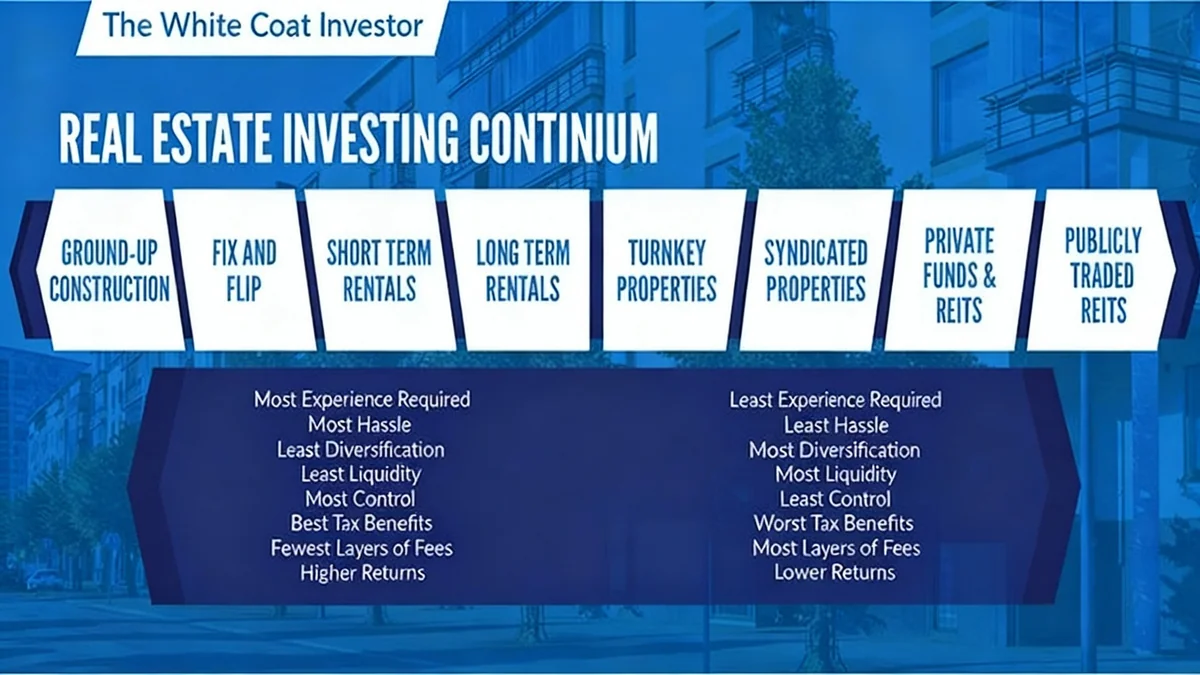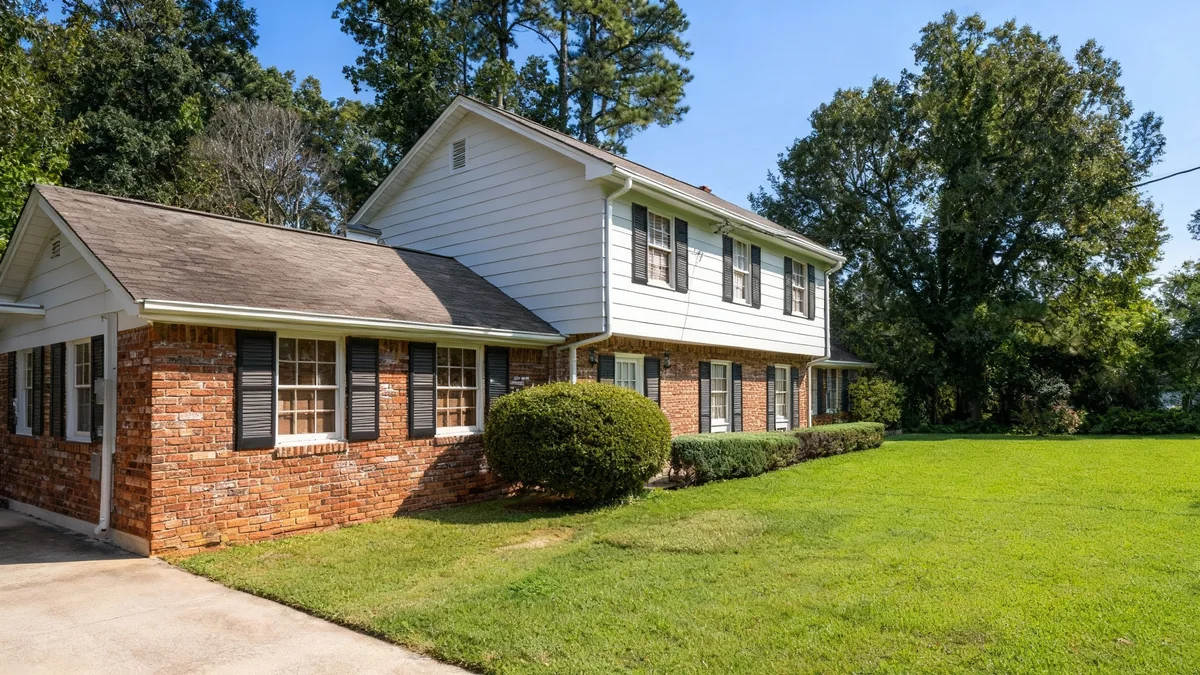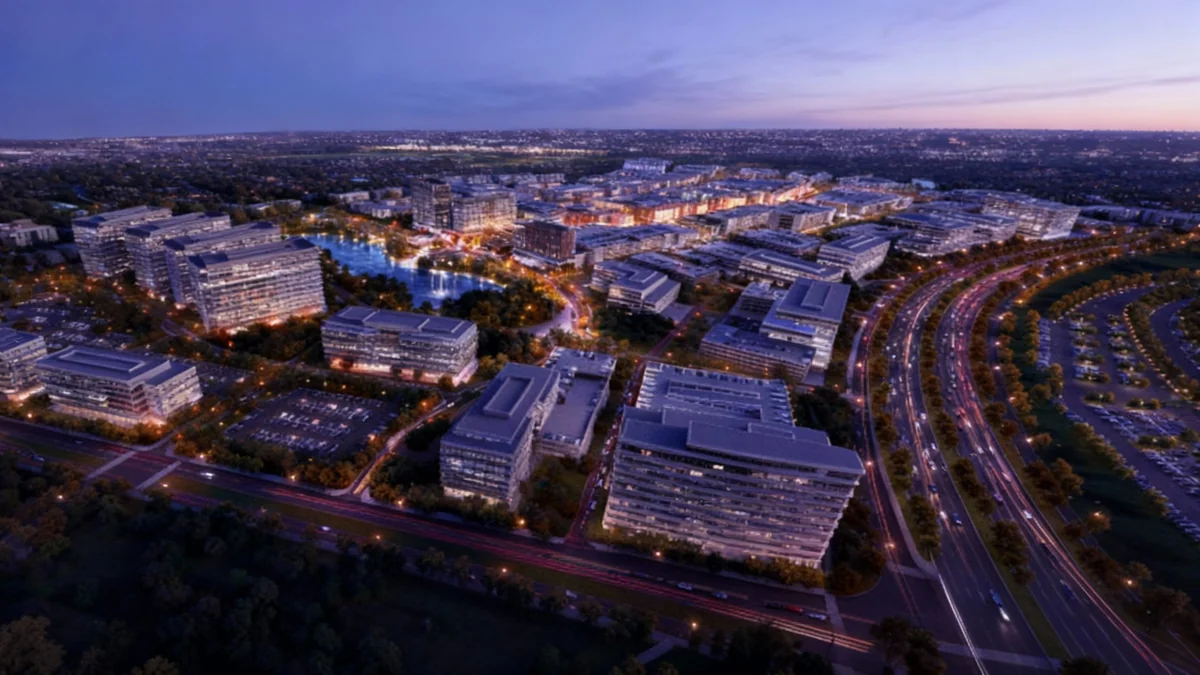Miami's real estate market has been identified as having the highest risk of a housing bubble among major global cities, according to the 2025 edition of the UBS Global Real Estate Bubble Index. The report highlights significant price increases and a growing disconnect from local incomes and rents as key factors driving the elevated risk.
Following Miami, the index also places Tokyo and Zurich in the high-risk category, signaling that certain international property markets remain overheated despite a broader global cooling trend. The analysis from UBS points to a combination of strong demand and fundamental imbalances in the South Florida market.
Key Takeaways
- Miami now ranks number one for real estate bubble risk globally in the UBS 2025 index.
- Over the past 15 years, Miami saw the highest inflation-adjusted home price appreciation among all cities studied.
- The city's price-to-rent ratio has surpassed the peak levels seen during the 2006 housing bubble.
- Despite the high risk, UBS does not anticipate a sharp price correction due to sustained demand and Miami's relative affordability compared to other major U.S. cities.
Unprecedented Price Growth in Miami
The UBS report details a period of extraordinary price acceleration in Miami. Over the last 15 years, the city has outpaced all other global centers in the study for inflation-adjusted home price growth. This long-term trend has positioned the market in a precarious state.
More recently, over a five-year period, Miami and Dubai led the world with an average real price growth of approximately 50%. This surge significantly outstripped other high-growth cities like Tokyo, which saw a 35% increase, and Zurich, with nearly 25% growth during the same period.
However, the report notes a recent change in momentum. Over the past four quarters, the rapid pace of home price growth in Miami has shown a notable slowdown, suggesting the market may be entering a new phase.
Understanding the UBS Bubble Index
The UBS Global Real Estate Bubble Index assesses the risk of a property bubble in major financial centers. A score above 1.5 indicates bubble risk. The index analyzes several factors, including the relationship of prices to local incomes and rents, and imbalances in the housing market, such as excessive lending and construction activity.
Imbalances and Affordability Crisis
A primary concern highlighted by UBS is the severe lack of affordability for local residents. Housing prices have continued to diverge sharply from local incomes and rental costs, creating a significant imbalance.
Price-to-Rent Ratio Exceeds 2006 Levels
One of the most alarming indicators is the current ratio of home prices to rents. According to the study, this metric has now surpassed the extreme levels recorded just before the 2006 housing crisis. Historically, such a wide gap between buying and renting costs has been a precursor to market corrections.
This decoupling from fundamentals suggests that prices are being driven by investment speculation and external demand rather than local economic conditions. For the average skilled worker, purchasing a home has become increasingly difficult.
Shrinking Living Space
Globally, the report notes that financially accessible living space for a skilled worker is, on average, 30% smaller than it was in 2021. In most major cities, purchasing a modest 60-square-meter (approximately 650-square-foot) apartment is now beyond the budget of an average skilled professional.
Factors Influencing Supply and Demand
While prices have soared, housing inventory in Miami has recently started to recover, returning to levels close to those seen before the pandemic. Several factors are contributing to an increase in properties being listed for sale.
Slightly lower mortgage rates and the significant equity homeowners have built up have encouraged some to sell. Additionally, new regulatory pressures are impacting the market, particularly for older condominium buildings.
- Regulatory Changes: New rules are forcing long-time owners of older condos to fund decades of deferred maintenance, leading to substantial special assessments and costs.
- Rising Insurance Costs: Sharply increasing insurance premiums, driven by heightened environmental and climate risks in the coastal region, are adding to the financial burden on homeowners.
- Increased Selling Pressure: These combined costs are prompting many owners to sell, further contributing to the available inventory.
UBS Outlook: A Cooling Period, Not a Crash
Despite the high bubble risk designation, UBS experts do not currently foresee a sharp and sudden price collapse in Miami. The bank's Chief Investment Office expects price growth to turn negative in the coming quarters, indicating a market correction rather than a crash.
"Widespread exuberance has faded, as the average bubble risk in major cities has declined for the third consecutive year," explained Matthias Holzhey, Senior Real Estate Economist at UBS Global Wealth Management and the study's lead author.
Several underlying factors continue to support Miami's housing market. The city's coastal lifestyle and favorable tax environment remain powerful draws for new residents, particularly from high-tax states in the western and northeastern United States.
Furthermore, property prices in Miami, while high, are still significantly lower than those in global hubs like New York and Los Angeles. The city also benefits from strong and consistent international demand, especially from Latin American buyers seeking luxury beachfront condominiums.





